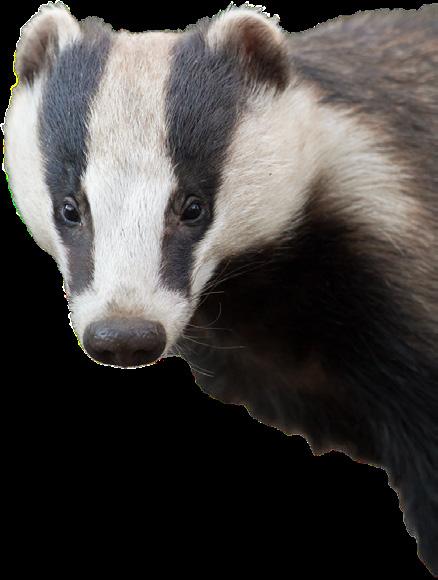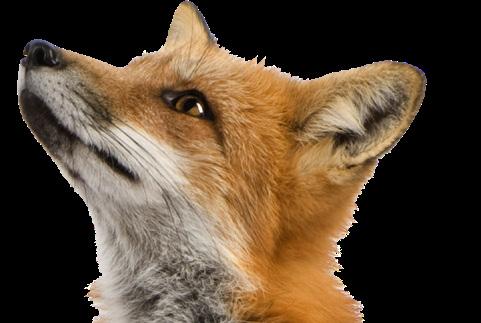
2 minute read
Whose Tracks Are These? A wild guessing game
Whose Tracks Are These?
On the trail of animals walking through the snow. A guessing game
Advertisement
A
Red deer
Red deer are cloven-hoofed animals. They also belong to the family of unguligrades, which means that they always look as if they are standing on their tiptoes. When red deer walk or trot, they place their somewhat smaller hind hooves inside the large tracks made by their front hooves. When they gallop or jump, their tracks are positioned one behind the other and their hooves splay distinctly. The clearly recognisable dew claws visible in the rear part of the prints make up around a third of the tracks. Red deer tracks are most commonly found in forests.
B
Hares
Hares hop through open fields and pastures. They place their much longer hind paws side by side in front of their shorter front paws. The distance between each set of tracks increases the faster the hare hops and can reach up to three metres.
C
Squirrels
Squirrels are found in woodland, parks and gardens. They hop along the ground in a similar fashion to hares. Since the distance between their hind paws is larger than the gap between their front paws, their tracks form trapezium-shaped groups. Squirrels have four toes on each of their front paws and five on their rear.
1


3

2
D
Red foxes
Red foxes can be found trotting through woodland and meadows as well as villages and towns. Their front and hind paws are roughly the same size. They belong to the family of digitigrades, which means that they walk on their toe pads. They place their hind paws inside the prints made by their front paws so that the tracks produced by their left paws and those by their right paws each appear as one print. Their tracks can be easily confused with prints made by dogs. However, fox prints are smaller and narrower than dog prints and in foxes the two middle toe pads are positioned slightly further out in front.
4
6

Solution 1 = E; 2 = C; 3 = F; 4 = D; 5 = B; 6 = G; 7 = A
E
Badgers
Badgers live in deciduous and mixed forests. Characterised by paws that turn slightly inwards, they usually move slowly. As they walk, they place their hind paws slightly behind the tracks made by their front paws, but the two sets tend to overlap.
7

F
Martens
Martens roam around in woodland, fields and villages. When on the ground, they typically bounce along, moving their front feet and rear feet together. Like red foxes, they belong to the family of digitigrades.
G
People
People are mysterious plantigrades who walk on the soles of their feet. They sometimes stick to footpaths, but they often venture off track. People usually wear sturdy shoes. As a result, they leave a diverse range of peculiar tracks in the snow, and their footprints are unusually large. These are strange, unpredictable creatures.










